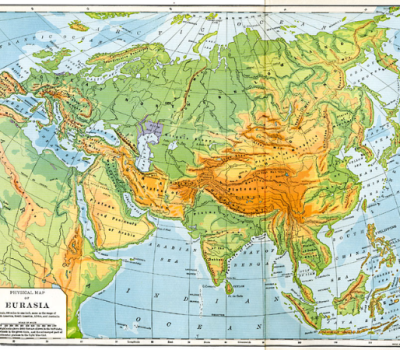
The Minsk Dialogue Council on International Relations (19 January 2024)
Dr. Teoman Ertuğrul TULUN*
Eurasia is a portmanteau word expressing the land mass of two continents named Asia and Europe by the ancient Greeks. It is a fictional fusion of two conventionally named continents, which stands for an abstract idea that can be considered a concept. In terms of surface area, while Asia corresponds to one-third of the Earth’s land mass, Europe is the second smallest continent in the world after Australia. The land mass of Asia is four times larger in area than Europe. Although there is no clear geographical or geological boundary to the east of the European continent, common knowledge has traditionally held that the east of Europe is separated from Asia by the Ural Mountains, the Ural River, and the Caucasus Mountains, and to the southeast by the Caspian Sea and the Black Sea. Pursuant to this general understanding, the Mediterranean Sea separates Europe from Africa in the south. Europe’s western borders are defined by the Atlantic Ocean and in the north by the Polar Sea.
Eurasianism as an intellectual construct
Eurasianism, on the other hand, is a construct developed wisely by Russian intellectuals that essentially represents a socio-political movement that challenged the supremacy of Eurocentric thought at the beginning of the 20th century. This challenge is also a multi-purpose intellectual process that has since offered a way of defining Russia’s place in world politics.
To read the rest of the article, please click: https://minskdialogue.by/en/research/opinions/is-eurasianism-a-monolithic-construct
For access to the Russian translation of this article, please click: https://minskdialogue.by/research/opinions/iavliaetsia-li-evraziistvo-monolitnoi-konstruktciei
* This article was published as part of AVİM's partnership program. Dr. Teoman Ertuğrul Tulun is an Analyst at AVİM. This article was published at the Minsk-based Minsk Dialogue Council on International Relations, a partner organization of AVİM. For AVİM’s partnership program, click here.
** Image: The Minsk Dialogue Council on International Relations
© 2009-2025 Avrasya İncelemeleri Merkezi (AVİM) Tüm Hakları Saklıdır
Henüz Yorum Yapılmamış.
-
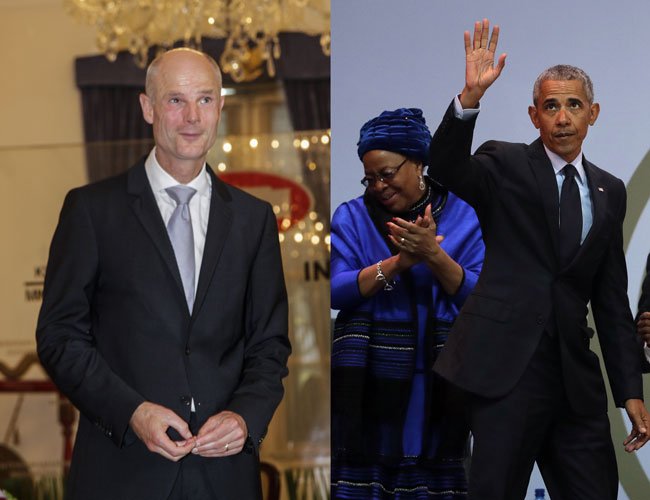 DUTCH FOREIGN MINISTER VERSUS OBAMA - HÜRRİYET DAILY NEWS - 26.07.2018
DUTCH FOREIGN MINISTER VERSUS OBAMA - HÜRRİYET DAILY NEWS - 26.07.2018
Teoman Ertuğrul TULUN 01.08.2018 -
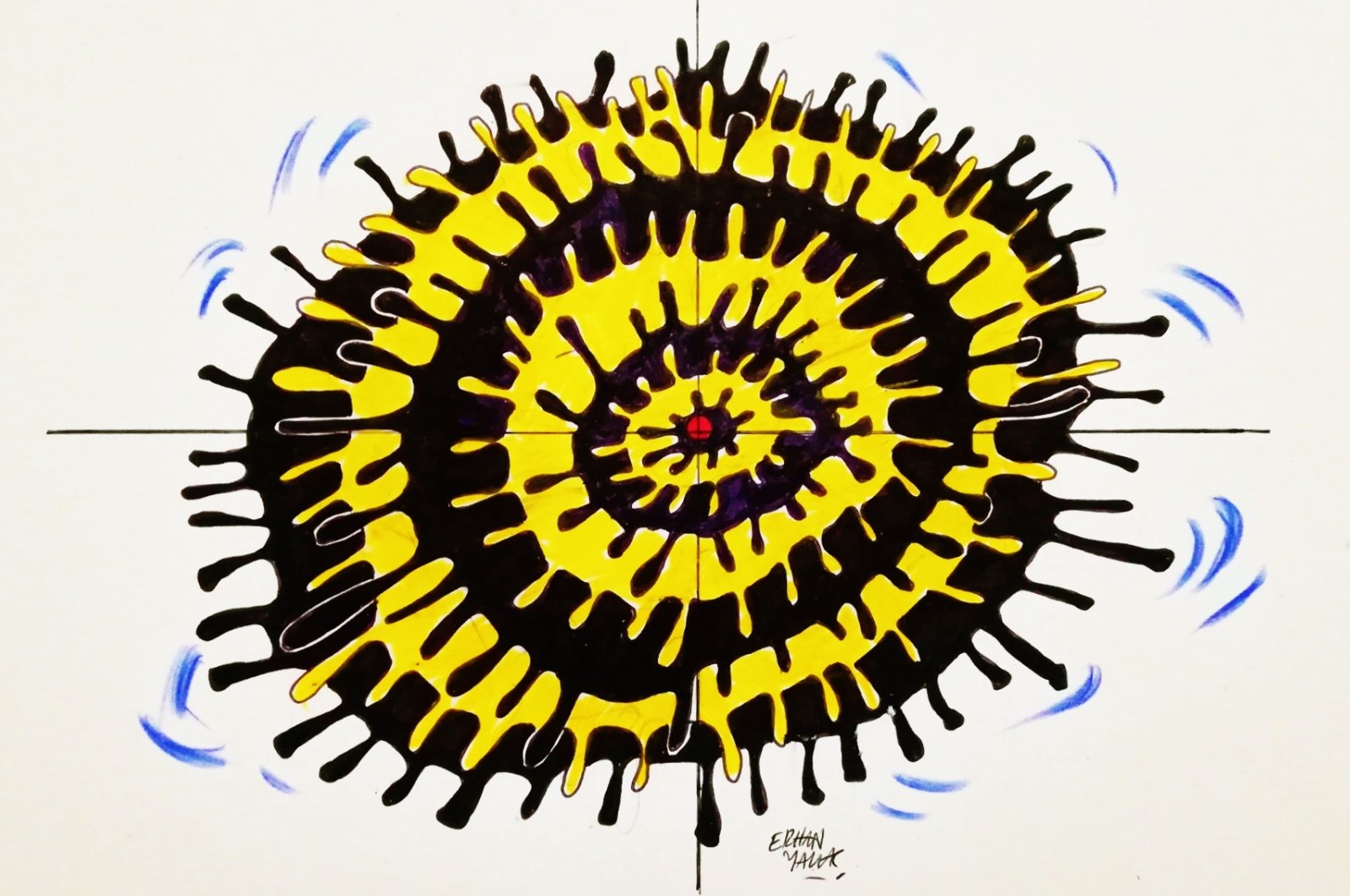 CORONAVIRUS PANDEMIC AND THE 2021 BIOLOGICAL WEAPONS CONVENTION - DAILY SABAH - 05.05.2020
CORONAVIRUS PANDEMIC AND THE 2021 BIOLOGICAL WEAPONS CONVENTION - DAILY SABAH - 05.05.2020
Teoman Ertuğrul TULUN 20.05.2020 -
 CRUCIAL CHOICE FOR INDIAN DEMOCRACY -DAILY SABAH - 02.01.2018
CRUCIAL CHOICE FOR INDIAN DEMOCRACY -DAILY SABAH - 02.01.2018
Teoman Ertuğrul TULUN 05.01.2018 -
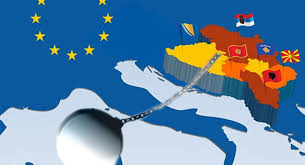 AB BALKANLAR İÇİN ASEAN TÜRÜ “BAĞLANTISALLIK” ÖNGÖRÜYOR- HÜRRİYET DAILY NEWS - 23.05.2018
AB BALKANLAR İÇİN ASEAN TÜRÜ “BAĞLANTISALLIK” ÖNGÖRÜYOR- HÜRRİYET DAILY NEWS - 23.05.2018
Teoman Ertuğrul TULUN 28.05.2018 -
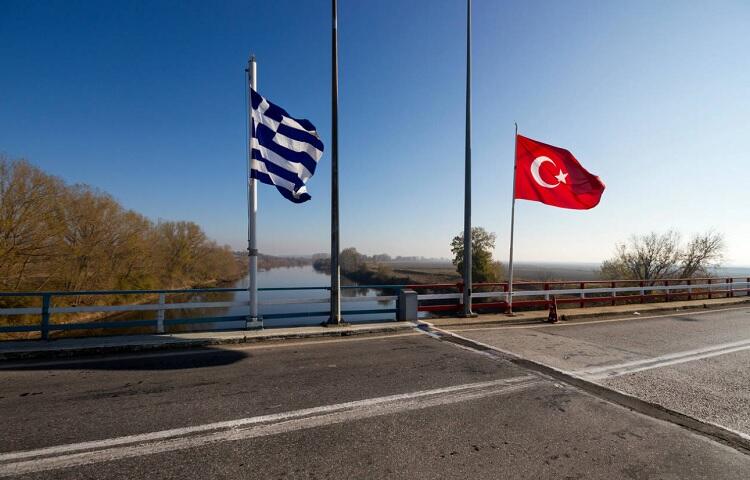 YUNANİSTAN’IN AMACINA UYGUN OLANI SEÇME POLİTİKASI - HÜRRİYET DAILY NEWS - 21.09.2020
YUNANİSTAN’IN AMACINA UYGUN OLANI SEÇME POLİTİKASI - HÜRRİYET DAILY NEWS - 21.09.2020
Teoman Ertuğrul TULUN 24.09.2020
-
REVANCHISM AS BLIND FAITH AND THE DASHNAK-ASALA ASSASSINATIONS
Prof. Dr. Hikmet ÖZDEMİR 17.03.2014 -
KIBRIS MÜZAKERELERİNİN 2014 FALI
Ata ATUN 29.12.2013 -
 AZERBAIJAN ARCHBISHOP: OUR HOLY MISSION IS TO KEEP PEACE - CHRISTIANITY TODAY - 05.01.2021
AZERBAIJAN ARCHBISHOP: OUR HOLY MISSION IS TO KEEP PEACE - CHRISTIANITY TODAY - 05.01.2021
Jayson CASPER 10.02.2021 -
 MIATSUM AND THE BEWILDERING RUSSIAN ROLE IN KARABAKH - MEPC - 02.09.2023
MIATSUM AND THE BEWILDERING RUSSIAN ROLE IN KARABAKH - MEPC - 02.09.2023
M. Hakan YAVUZ 06.09.2023 -
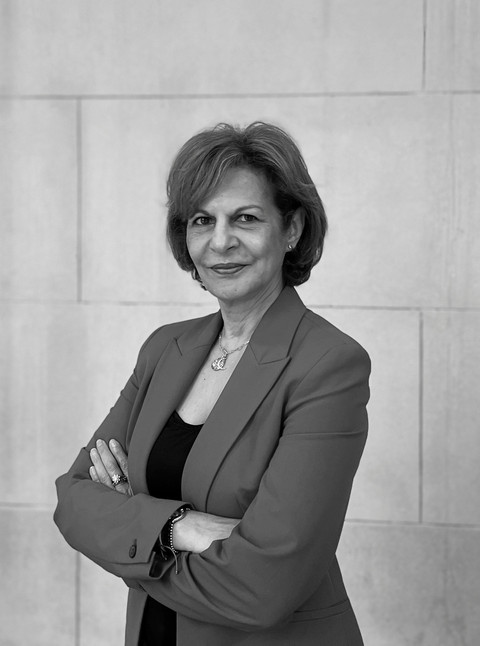 THE DANGEROUS DECLINE IN THE EU'S "MORAL COMPASS" - EU OBSERVER - 11.07.2023
THE DANGEROUS DECLINE IN THE EU'S "MORAL COMPASS" - EU OBSERVER - 11.07.2023
Shada ISLAM 12.07.2023


